Traveldudes tourism information site introduces Vietnam as having an impressive coastline stretching thousands of kilometers and diverse diving sites.
Vietnam's seas are praised for their beautiful landscapes and marine biodiversity, making them ideal destinations for tourists who love scuba diving.
The diving community in Vietnam is considered friendly and enthusiastic, with a large concentration of divers from all over the world . The divemasters and diving instructors are all knowledgeable and experienced, ensuring safety and helping to enhance the overall diving experience for visitors.
Traveldudes introduces 4 sea areas in Vietnam suitable for scuba diving. These locations have many dive centers and resorts that offer scuba diving services at all levels.
Nha Trang, Khanh Hoa
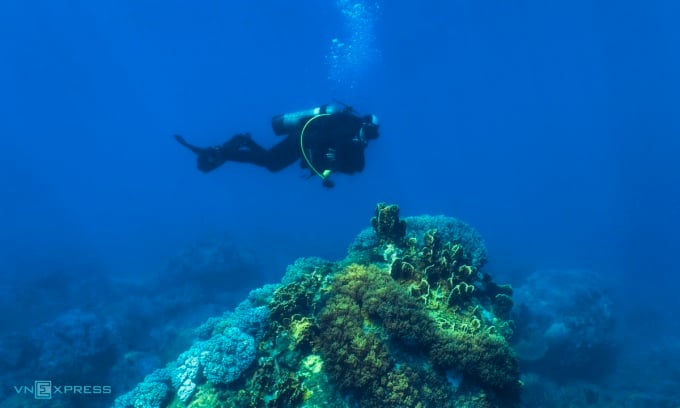
Scuba diving at Hon Mun Marine Reserve, Nha Trang Bay, Khanh Hoa Province. Photo: Pham Huy Trung.
The best time to dive in Nha Trang is from February to October, when the weather is warm and the sea is calm. At this time, the water temperature ranges from 26-30 degrees Celsius and visibility is good.
The seabed in Nha Trang has colorful coral reefs, many types of fish such as clown fish, angel fish, butterfly fish, schools of barracuda, or snapper. If lucky, visitors can see hawksbill fish gliding on the water surface. The South Central Coast has two beautiful diving spots including Hon Mun sea area, Hon Mun marine reserve and Whale Island (Hon Ong).
Hon Mun Marine Protected Area was established in 2001, covering an area of approximately 160 km2, including approximately 38 km2 of land and approximately 122 km2 of water surrounding 9 islands: Hon Tre, Hon Mieu, Hon Tam, Hon Mot, Hon Mun, Hon Cau, Hon Vung, Hon Rom and Hon Ngoc.
Visitors here can experience scuba diving, glass-bottom boat rides, skydiving... Visitors are asked not to bring plastic bottled water, nylon bags and single-use plastic waste to protect the marine ecosystem.
At Hon Mun, visitors can dive to Madonna Rock, located at a maximum depth of about 16 m, with high cliffs and some narrow caves.
The reserve boasts a diverse marine ecosystem with puffer fish and reef sharks. Diving into this underwater paradise can reveal stingrays, intricate coral reefs and turtles.
Tourists who want to dive and relax can visit Hon Ong. This pristine island is located in Van Phong Bay, Van Ninh District, about 100 km from Nha Trang. During the spawning season of jellyfish and plankton from April to July, many whales gather here to feed and hunt near the shore. Lucky tourists can see whales on the island.
Phu Quoc, Kien Giang
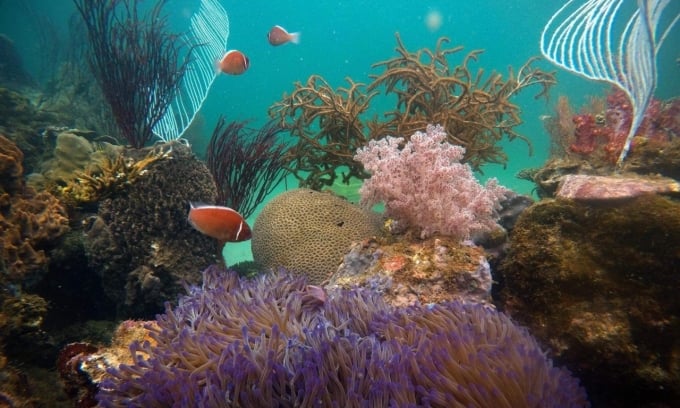
Marine ecosystem in Phu Quoc. Photo: Lan Huong
The best time to dive in Phu Quoc is from November to May. During this time, the water temperature ranges from 26–29 degrees Celsius.
Phu Quoc is home to many tropical fish species such as butterfly fish, parrot fish and angel fish. There are also seahorses, lionfish and stingrays creating a lively underwater scene.
Tourists who love scuba diving can go to Hon Mong Tay and Hon Doi Moi.
Hon Doi Moi is located in the west of Phu Quoc Island, in the territory of Ganh Dau Commune. Traveling by boat from Duong Dong Ward, Phu Quoc to Hon Doi Moi takes two hours. Diving here, visitors feel like "lost in an underwater wonderland", encountering sea turtles, stingrays and colorful coral reefs.
Hon Mong Tay is located in the south of the island, in Kien Luong district. Traveling from An Thoi port to Hon Mong Tay by boat takes about an hour, by canoe 30 minutes. The characteristics of this diving spot are underwater caves and cliffs, providing a habitat for marine life.
Con Dao, Ba Ria - Vung Tau
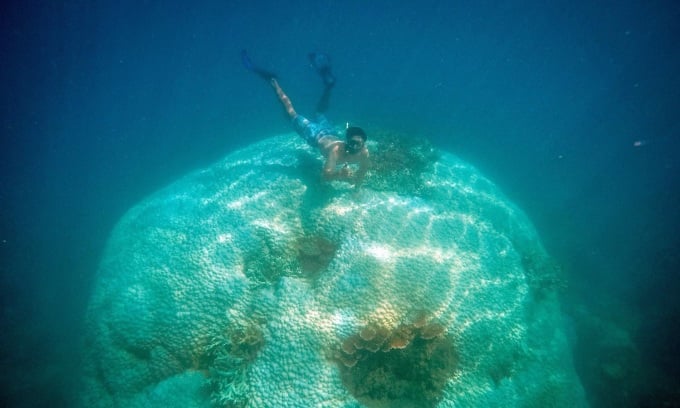
Giant coral columns in Con Dao. Photo: Ngo Tran Hai An
The archipelago in Ba Ria - Vung Tau province is considered a "hidden gem" off the coast of Vietnam. The best time to go diving in Con Dao is from March to September every year. At this time, the water temperature fluctuates between 27-30 degrees, creating favorable conditions for underwater exploration activities.
Tourists can go scuba diving at Hon Bay Canh when coming to Con Dao. Hon Bay Canh consists of two parts of the island connected by a sandbar in the middle called Big Sandbank. The entire island is covered by primeval forests, mangrove forests belonging to the tropical island ecosystem with 882 species of plants and nearly 150 species of animals.
Hon Tai is 5.3 km from Con Dao tourist boat and about 1 km from Shark Cape, considered an ideal diving spot. Marine resources here are rich with coral reefs, giant clams, sea turtles. Hon Tai is also the breeding ground of hundreds of sea turtles. From April to September every year, thousands of baby turtles return to the ocean.
Cu Lao Cham, Quang Nam

Beach in Cu Lao Cham. Photo: Phong Vinh.
This island is recognized by UNESCO as a world biosphere reserve, 18 km from Hoi An city center, with a total area of about 15.5 km2. The best time to dive in Cu Lao Cham is from April to September, with sea water temperature of about 26-29 degrees Celsius. Diving here, visitors can see sea turtles, seahorses, frogfish and indispensable coral reefs.
Hon Dai, Bai Bac and Hon Tai are suitable places for scuba diving. Hon Dai is one of the largest islands covering and sheltering the whole Cu Lao Cham island. Sitting on a canoe moving from the mainland to the island, visitors can see the whole view of Hon Dai. Typical marine life here is hawksbill turtles and sea cucumbers.
Bai Bac or Bai Bac, located on the top of the main island of Hon Lao, is a deserted beach, suitable for relaxation combined with diving activities. It is not difficult to see schools of red snapper or butterfly fish in this area.
Hon Tai is located near Hon Dai, the main gateway to the island. This diving spot is characterized by underwater rocks and a diverse marine ecosystem such as octopus and cuttlefish.
Bich Phuong
Source link


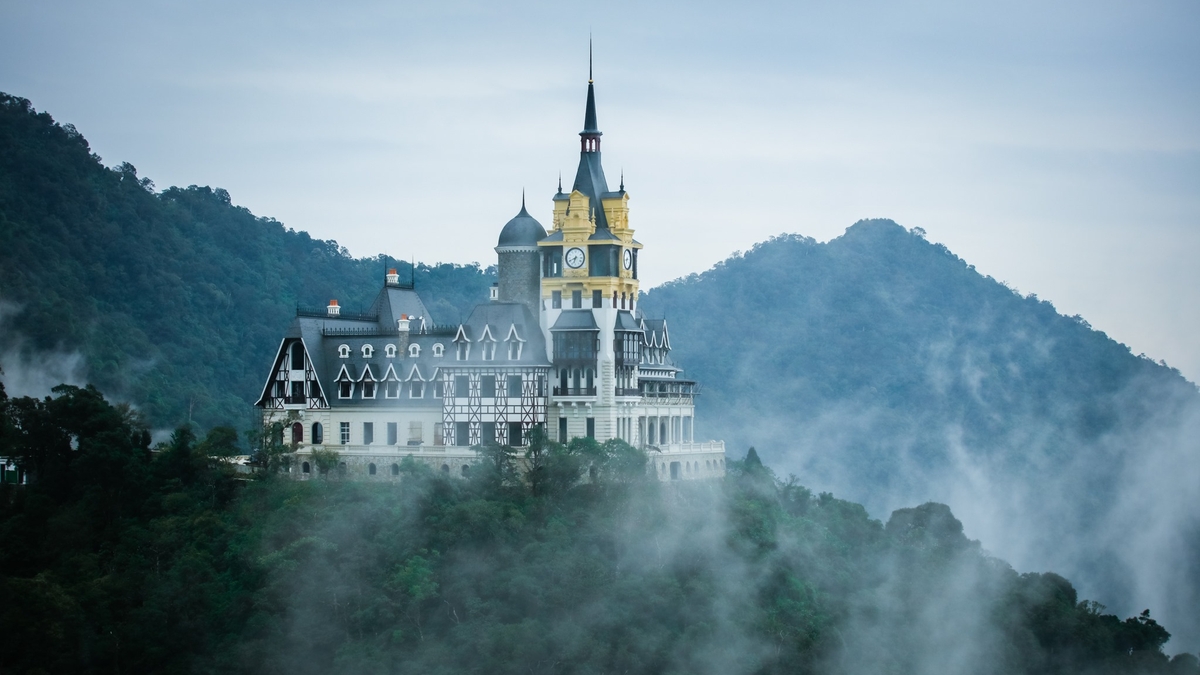

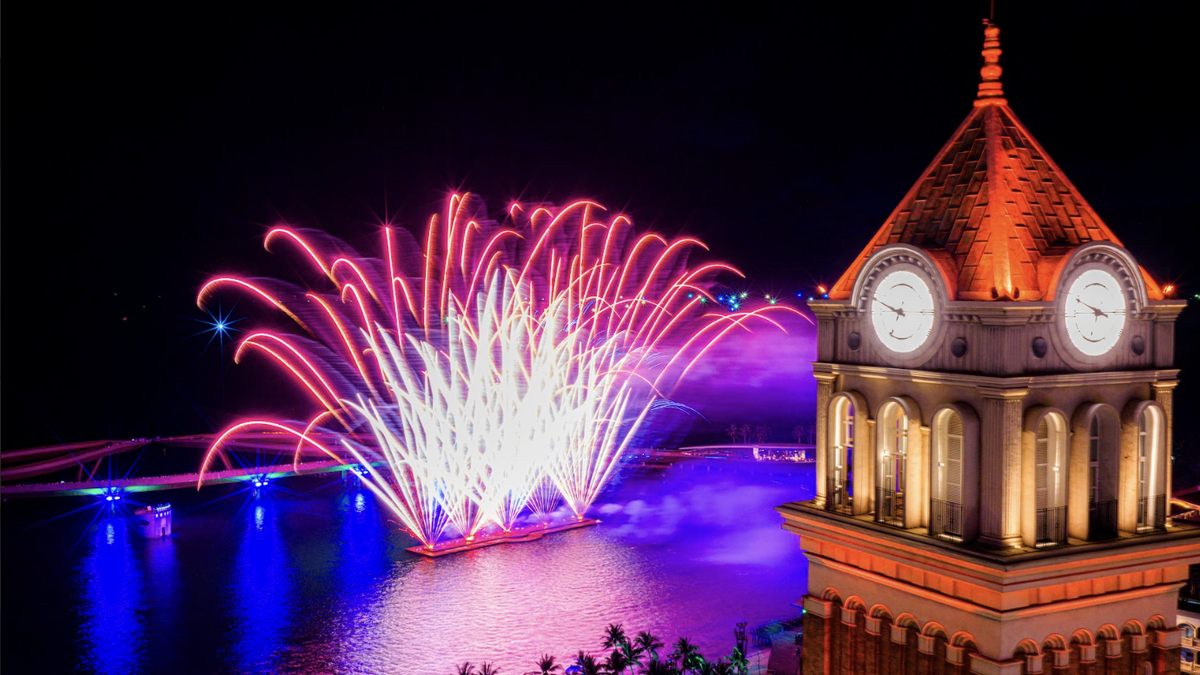


![[Photo] Prime Minister Pham Minh Chinh chairs the second meeting of the Steering Committee on private economic development.](https://vphoto.vietnam.vn/thumb/1200x675/vietnam/resource/IMAGE/2025/11/01/1762006716873_dsc-9145-jpg.webp)
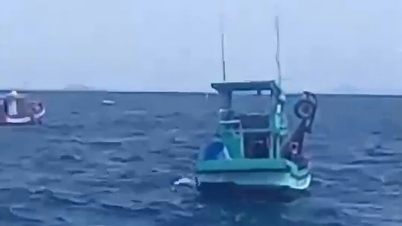

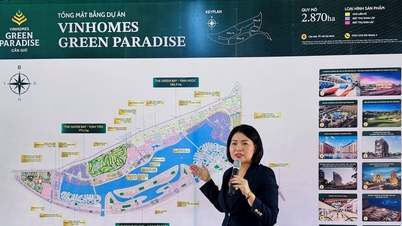

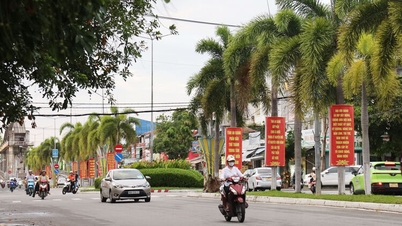






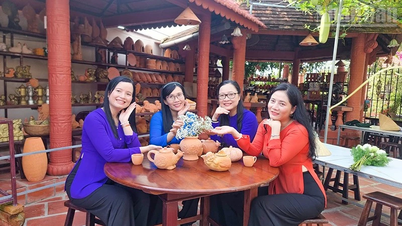

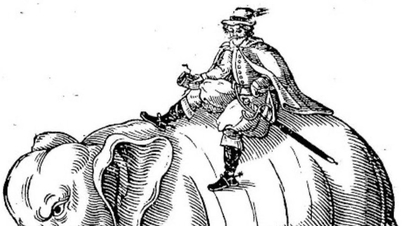

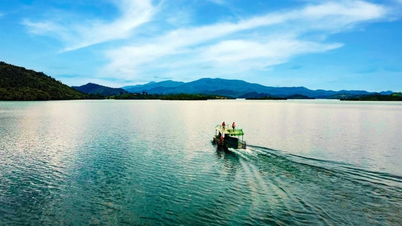









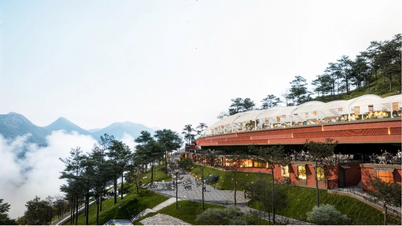
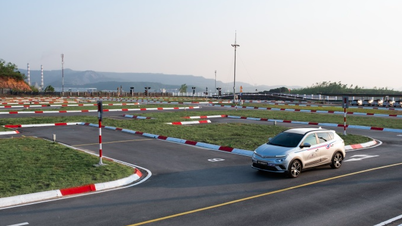



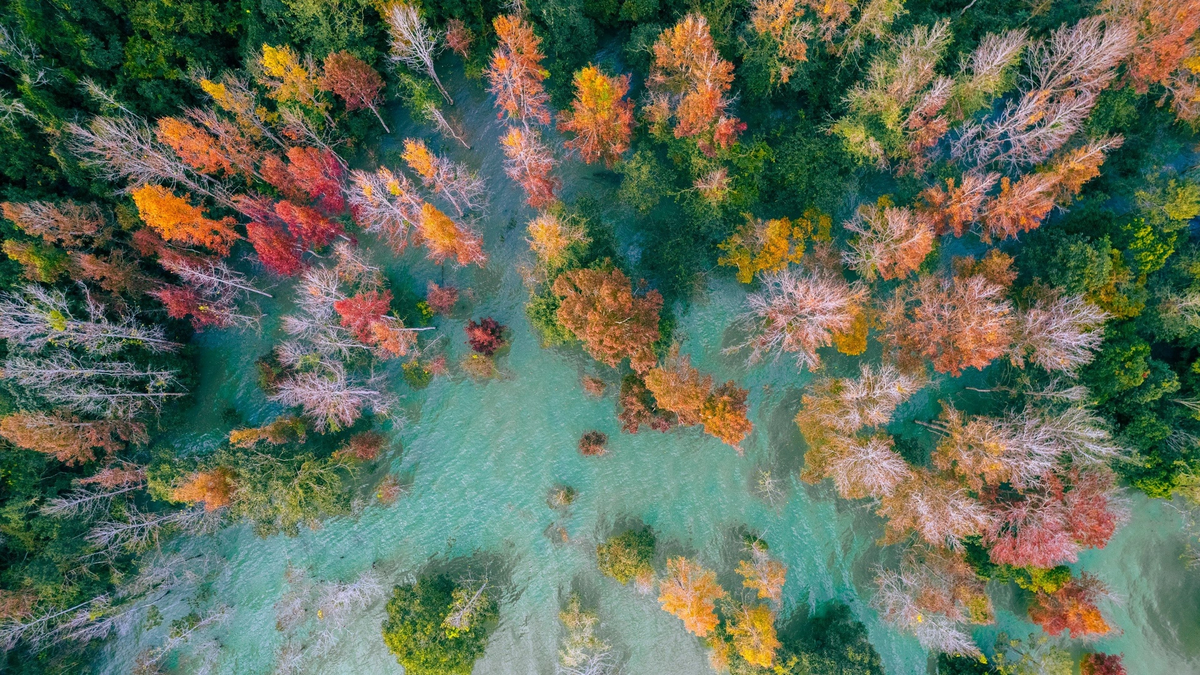




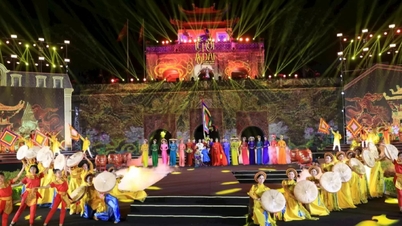

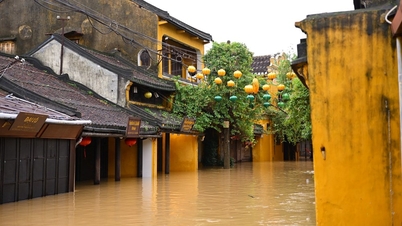

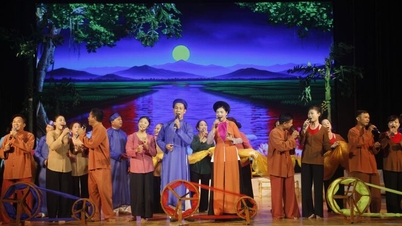






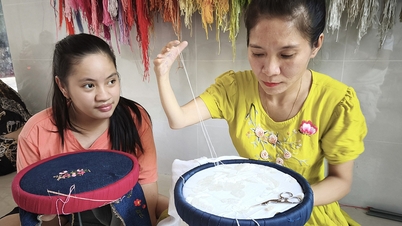


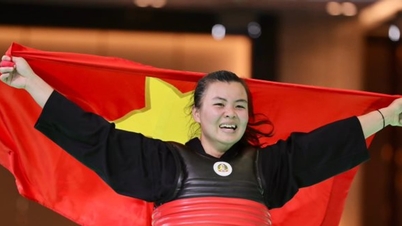

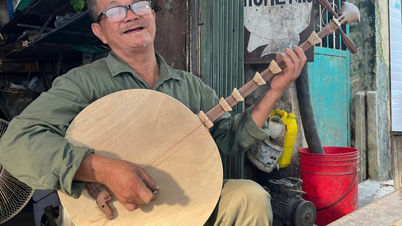








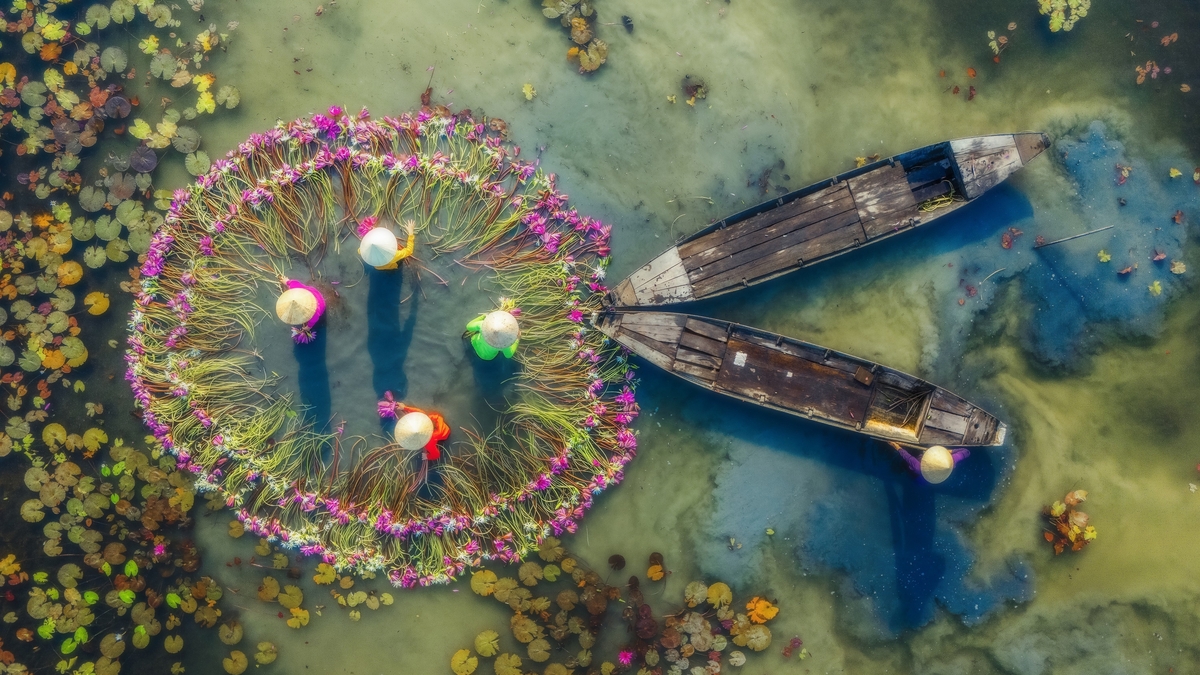





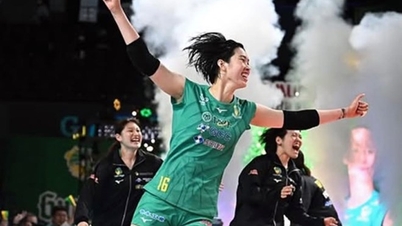







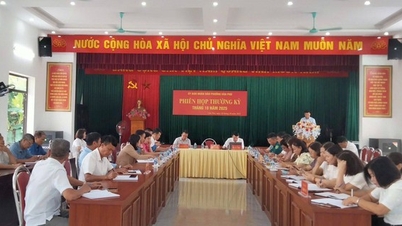

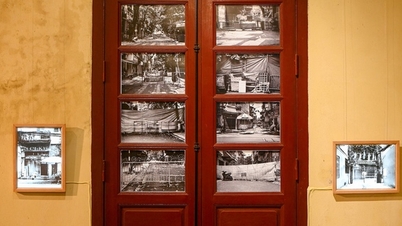


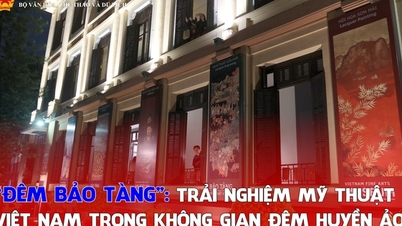

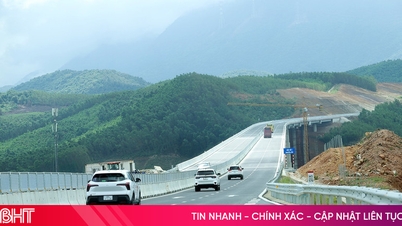

















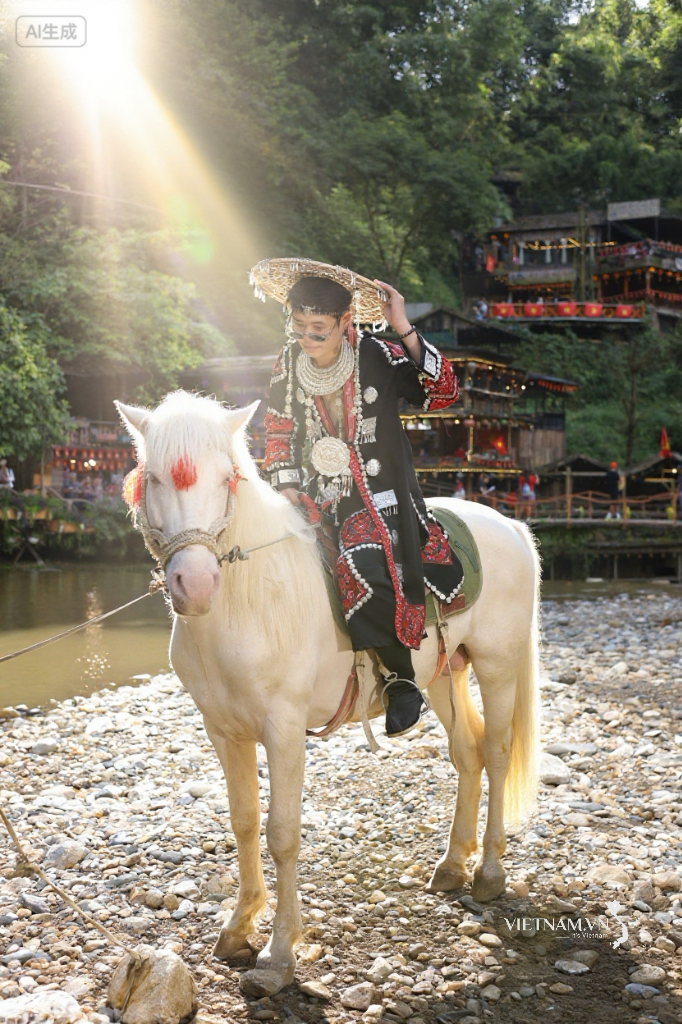



Comment (0)